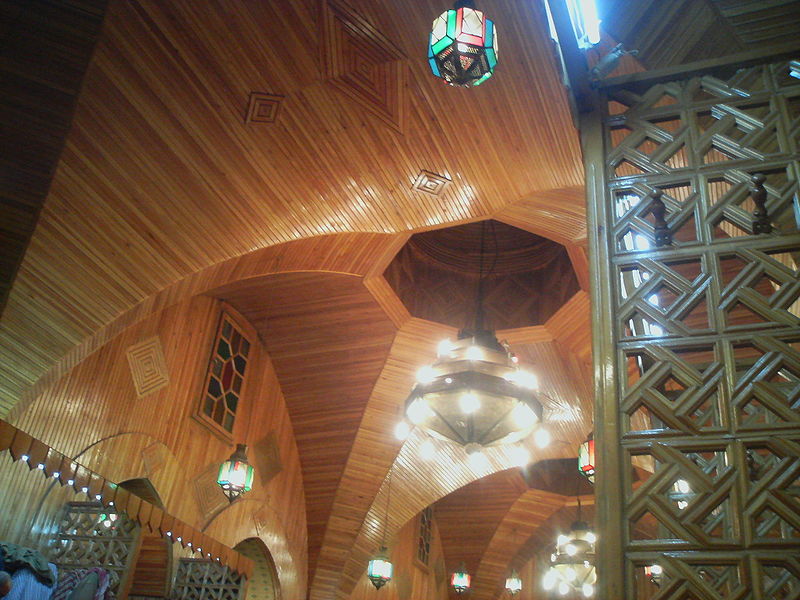Hammam al-Nahhasin on:
[Wikipedia]
[Google]
[Amazon]
Hammam al-Nahhasin ( ar, حمام النحاسين) is one of the oldest and largest

public baths
Public baths originated when most people in population centers did not have access to private bathing facilities. Though termed "public", they have often been restricted according to gender, religious affiliation, personal membership, and other cr ...
(hammam or Turkish bath
A hammam ( ar, حمّام, translit=ḥammām, tr, hamam) or Turkish bath is a type of steam bath or a place of public bathing associated with the Islamic world. It is a prominent feature in the culture of the Muslim world and was inherited ...
) in Aleppo
)), is an adjective which means "white-colored mixed with black".
, motto =
, image_map =
, mapsize =
, map_caption =
, image_map1 =
...
, Syria
Syria ( ar, سُورِيَا or سُورِيَة, translit=Sūriyā), officially the Syrian Arab Republic ( ar, الجمهورية العربية السورية, al-Jumhūrīyah al-ʻArabīyah as-Sūrīyah), is a Western Asian country loc ...
. It is located in Al-Madina Souq
Al-Madina Souq ( ar, سوق المدينة, Sūq al-Madīna) is the covered souq-market located at the heart of the Syrian city of Aleppo within the walled ancient part of the city. With its long and narrow alleys, al-Madina Souq is the largest ...
of the Ancient City of Aleppo
The Ancient City of Aleppo ( ar, مدينة حلب القديمة, Madīnat Ḥalab al-Qadīma) is the historic city centre of Aleppo, Syria. Before the Syrian Civil War, many districts of the ancient city remained essentially unchanged since i ...
, to the south of the Great Umayyad Mosque, near Khan al-Nahhasin.
History
It was originally built in the 12th century by order from Aisha bint Salah al-Din al-Ayyubi and renovated several times during theMamluk
Mamluk ( ar, مملوك, mamlūk (singular), , ''mamālīk'' (plural), translated as "one who is owned", meaning " slave", also transliterated as ''Mameluke'', ''mamluq'', ''mamluke'', ''mameluk'', ''mameluke'', ''mamaluke'', or ''marmeluke'') ...
and Ottoman periods. However, most of the current building of the hammam belongs to the Ottoman period. Hammam al-Nahhasin literally means the ''bath of the coppersmiths''.
Current developments
The Hammam was damaged during theBattle of Aleppo (2012–2016)
, date = 19 July 2012 – 22 December 2016({{Age in years, months, weeks and days, month1=07, day1=19, year1=2012, month2=12, day2=22, year2=2016){{cite web, url=https://www.reuters.com/article/idUSKBN14B1NQ, title=Syrian army announc ...
. A comprehensive restoration of the hammam by DGAM began in 2021. The reconstruction was completed in January 2022. The hammam was reopened in November 2022 with the aim of returning to its original purpose.
Interior layout
The hammam is divided into three sections: *The internal section contains the warm rooms and the hot rooms. The warm rooms are designated for a short relaxation before taking bath. The hot rooms are designated for a full body wash and steam bath. *The central section is designated for a massage after the body wash. *The external section is the largest part of the hammam, characterized with its traditional wooden decorations and marble floor. Here, bathers can take a period of relaxation around the pond. The hammam has an entirely isolated section for women called "Hammam as-Sitt".
See also
* Hammam Yalbugha *Hammam Bab al-Ahmar
Hammam Bab al-Ahmar ( ar, حمام الباب الأحمر, Hamaam Bāb al-Aḥmar) meaning the ''Red Gate'', is a hammam located in Aleppo.
Located in the Ancient City of Aleppo, near the Citadel of Aleppo, it is famous for its dome and decor fro ...
References
{{coord missing, Syria Public baths in the Arab world Buildings and structures in Aleppo Buildings and structures completed in the 12th century